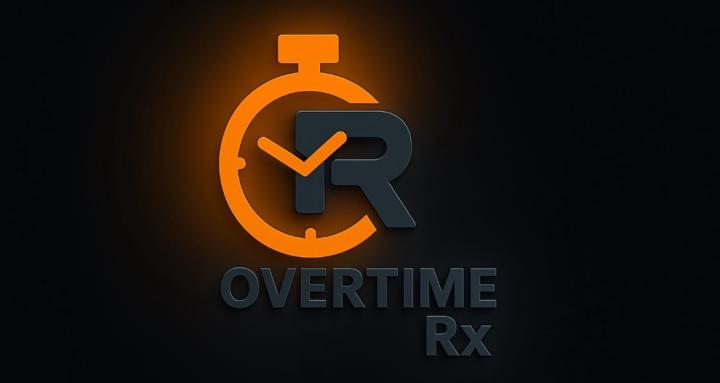
Write something
What is exactly bullet proofing your muscles and how do I do it
Ive seen on ig reels about how people use various isometrics to avoid injuries but I don’t really know what do you have to do for that
💡 Recovery After Practice — What Really Works
As summer winds down and fall sports ramp up, recovery should be at the front of your performance plan. The truth? What you do in the 60 minutes after practice or your workout often matters more for tomorrow’s performance — and injury risk — than most athletes realize. Keep it simple: - Sleep — your #1 recovery tool - Fuel — protein + carbs within an hour - Light movement — walk, stretch, mobility - Nervous system reset — breathe, relax, downshift Extra tools like cold water immersion, compression, or recovery boots? They have their place, but they’re not everyday essentials. I’ll dive into when and how to use them soon. Recovery Fundamentals That Actually Work 💡 1. Sleep — the #1 recovery tool. Both quality and quantity drive most gains in performance and repair. 2. Post-practice nutrition — ~0.3 g/kg protein plus carbs supports muscle repair and glycogen replenishment. 3. Active cool-downs — light movement helps subjective recovery and metabolic clearance. 4. Cold water immersion — great for acute soreness or quick turnaround between matches, but using it after every session can blunt long-term strength and hypertrophy. Use strategically: tournaments, congested schedules, or pre-competition. Bottom line: Consistent sleep, proper fueling, and smart load management beat fancy gadgets 9/10 times. Post-Practice 60-Minute Blueprint 0–10 min — Active cool-down - 5–10 min easy movement (walk, easy bike, light jog). - Add 2–3 sport-specific dynamic drills (hip CARs after sprints due to the amount we are using our hips, ankle mobility after cutting, T-spine rotations after throwing). 10–30 min — Replenish & prime - Nutrition: snack/meal within ~30–60 min: ~0.3 g/kg protein + carbs (adjust carbs to session intensity/duration. The longer the session, more carbs needed). - Hydration: replace sweat + electrolytes if session was long/hot. Pro tip: Weigh yourself before and after a sweaty workout. After look up a calculator online to help to determine the amount of liquid you need to replenish. - Micro-reset (2–5 min): 1–2 stability drills or a short diaphragmatic breathing reset.
Poll
4 members have voted

Is R.I.C.E. Dead? 🪦 Let’s Talk Injury Recovery Myths
Twist an ankle or tweak your knee, and what’s the first thing you hear? “Just R.I.C.E. it.” 👉 Rest 👉 Ice 👉 Compression 👉 Elevation That was the gold standard for decades… but here’s the truth: ❌ R.I.C.E. is outdated. It might reduce pain temporarily, but it does nothing to speed up actual healing. In fact, too much rest and icing can delay recovery. 🔄 The New Standard: P.E.A.C.E. & L.O.V.E. ❤️ For the first 1–3 days: P.E.A.C.E. - Protection – avoid aggravating movements - Elevation – to reduce swelling - Avoid anti-inflammatories – they can delay tissue healing - Compression – can help with swelling and stability - Education – understand your injury and don’t rush back too soon Then move into: L.O.V.E. - Load – progressive movement to build tolerance - Optimism – your mindset affects recovery - Vascularization – get the blood flowing with light cardio - Exercise – targeted rehab builds long-term resilience 💡 Takeaway: You don’t need to “shut down” after an injury. You need a smart plan that moves you forward. Ever been told to just ice and rest for a week? Drop it in the comments — let’s talk about what would’ve actually helped.
Best Advice Ever
With all of the tips and tricks out there on the internet and everyone being an “expert” no a days. Im curious if there is anything out there people have tried that actually works? Could be a thing you add in your warm up or an exercise that you perform during the day while you’re at work. I personally read a research article that said if we take a 20 second break every 30 minutes while we are at our desk that it can significantly improve our spinal health. This is something that I try to incorporate as much as I can. What do you try? Let me know below
2
0
1-4 of 4
powered by

skool.com/the-movement-prescription-1200
Train smart. Prevent injuries. Overtime Rx helps athletes stay in the game with rehab-informed strength and real sports insight.
Suggested communities
Powered by

